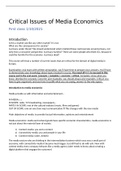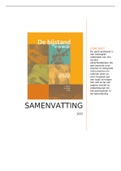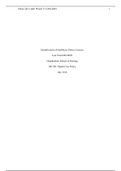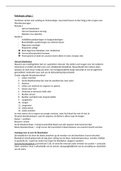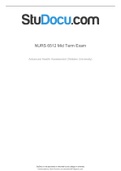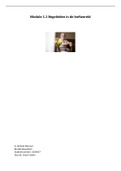Notes de cours
Critical Issues In Media Economics FOR DUMMIES
- Établissement
- Vrije Universiteit Brussel (VUB)
Course by by professor Pieter Ballon Notes from all the classes explained in a very simple and friendly way for you to understand the concepts without losing your mind. I have included graphics (from the ppts) to help understanding the concepts visually. In the classes the professor mentions...
[Montrer plus]
